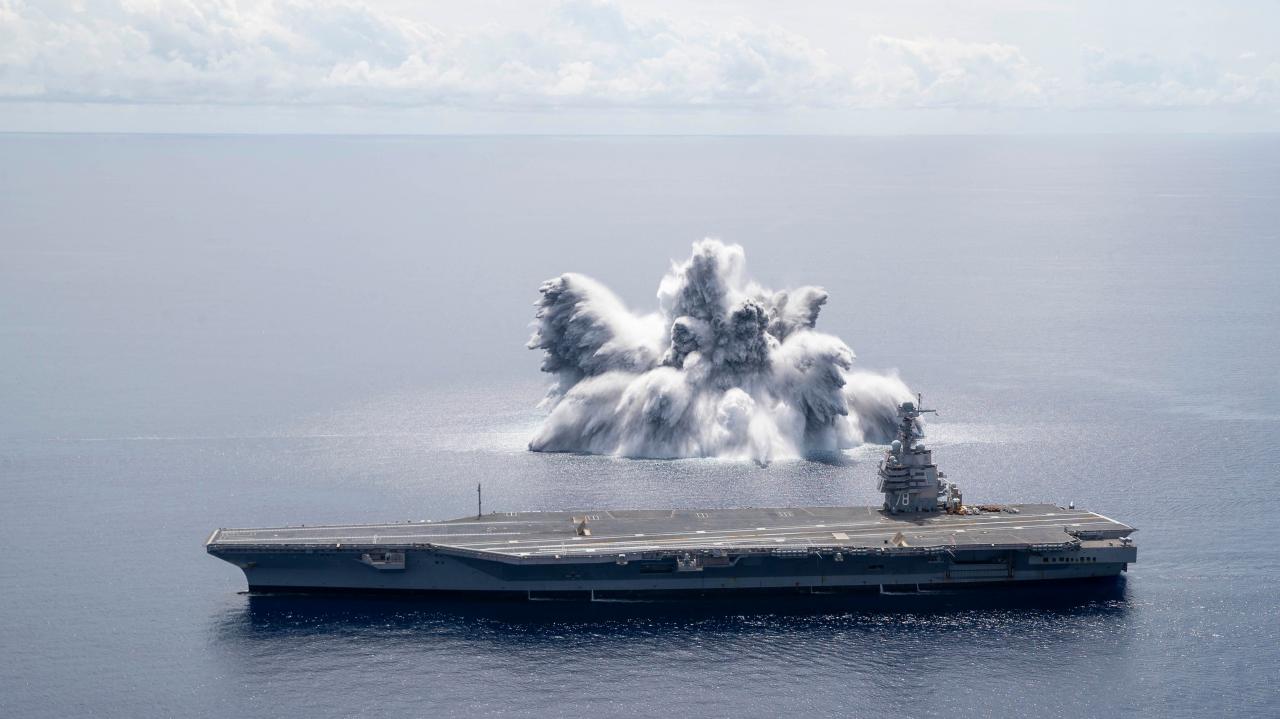Vital upgrades to Royal Australian Air Force (RAAF)’s fleet of electronic aircraft and ᴀssociated ranges will strengthen Australia’s electronic attack capability. The EA-18G Growler capability is being overhauled through Project AIR 5349 Phase 6 – Advanced Growler, providing the RAAF with critical world-leading technology. Australia has also purchased twelve EA-18Gs, which entered service with the RAAF in 2017. The electronic attack aircraft is capable of disrupting, deceiving or denying a broad range of military electronic systems, including radar and communications. Australian radar company CEA Technologies has been awarded a $277 million contract to provide advanced capabilities for Australia’s electronic warfare ranges. The contract will include a number of fixed and portable emitters to support training exercises and strengthen capability across the joint force. It is the first contract to be awarded under Phase 6, which has an approved budget of more than $2 billion.

Upgrades include:Cooperative development of the Next-Generation Jammer weapon system with the United States Navy to gradually replace the ALQ-99 Tactical Jamming SystemAircraft modifications, including sensor upgradesAnti-radiation missile war stockLonger-range and more advanced anti-radiation missilesEnhanced electronic warfare training ranges capabilityFacility improvements at Amberley near Brisbane and the Delamere Air training area near Katherine in the Northern TerritoryThe project will ensure commonality with United States Navy aircraft.

The Boeing EA-18G Growler is an American carrier-based electronic warfare aircraft, a specialized version of the two-seat F/A-18F Super Hornet. The EA-18G replaced the Northrop Grumman EA-6B Prowlers in service with the United States Navy. The Growler’s electronic warfare capability is primarily provided by Northrop Grumman. The EA-18G began production in 2007 and entered operational service with the US Navy in late 2009. The Growler has more than 90% in common with the standard Super Hornet, sharing airframe, Raytheon AN/APG-79 AESA radar and weapon systems such as the AN/AYK-22 stores management system. Most of the dedicated airborne electronic attack equipment is mounted on a plate in the space that used to house the internal 20 mm cannon and on the wingtips. Nine weapons stations remain free to provide for additional weapons or jamming pods. The EA-18G can be fitted with up to five ALQ-99 jamming pods and will typically add two AIM-120 AMRAAM or AGM-88 HARM missiles.

In 2008, the Australian Government requested export approval from the US government to purchase up to six EA-18Gs, which would be part of the order for 24 F/A-18F Super Hornets. On 23 August 2012, the Australian Government announced that 12 RAAF Super Hornets would be fitted with Growler capability at a cost of $1.5 billion, making the Royal Australian Air Force the only military other than the U.S. to operate the Growler’s electronic jamming equipment. Australian Growlers equipped with the AN/ASQ-228 ATFLIR targeting pod and will also have additional air-to-air weapons in the form of the AIM-9X missile. The aircraft will be operated by No. 6 Squadron RAAF. On 7 July 2017, the RAAF completed delivery of the 12 EA-18G Growlers with the arrival of the last Growler at RAAF Base Amberley, home of No. 6 Squadron RAAF. On 30 September 2021, the US State Department approved the sale of an EA-18G to Australia to replace that lost in the 2018 accident, with the price being up to $US 125 million.





